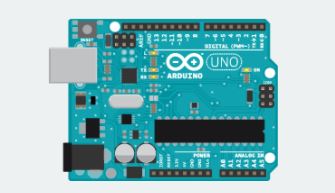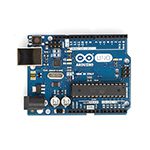Arduino Saves the Day
In my work, I build Hardware-In-The-Loop (HIL) test benches. We connect prototype vehicle Electronic Control Units (ECUs) and their software to the HILs. The HILs replicate the various electronic actuators controlled and monitored by ECUs when they are connected to vehicles. We try to use the actual devices that would be used on the equipment, but there are a myriad of different reasons why this is not feasible for testing. A lot of the devices would take up too much space on the HIL. Some can be rather noisy when operating and others require complicated cooling systems to operate for extended periods of time. That is why I often create electronic circuits that will simulate the current feedback characteristics of the actuators.





